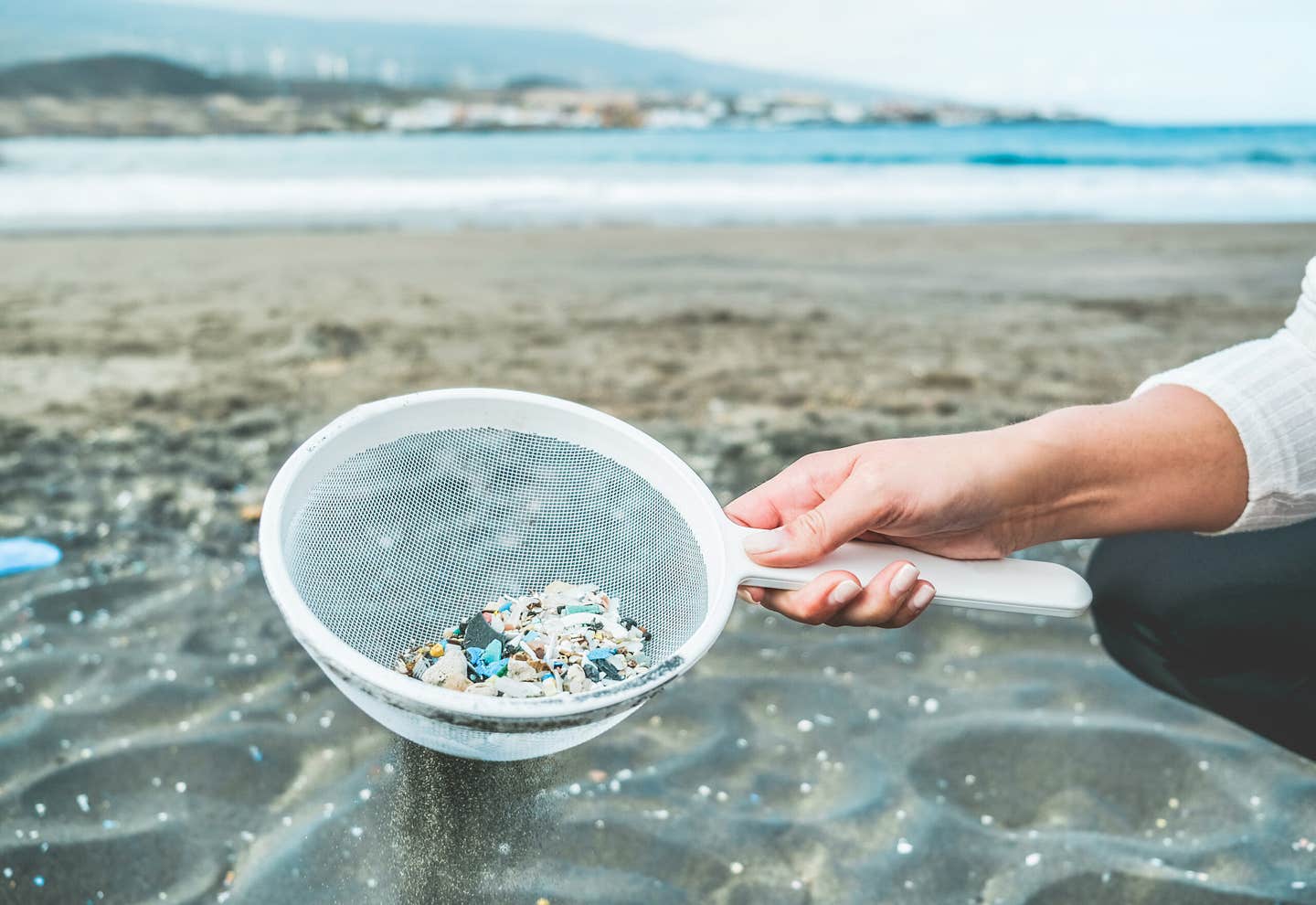Lifesaving mobile app detects strokes and heart attacks in minutes
A new smartphone app could help people recognize stroke and heart attack symptoms early, speeding up life-saving emergency care.

New app quickly detects stroke and heart attack symptoms, helping users seek emergency care within the golden hour. (CREDIT: Cardiio)
In a medical emergency, every second matters. But too often, people delay getting help because they’re unsure whether their symptoms are serious. This hesitation can lead to dangerous outcomes, especially for stroke and heart attack patients. Both conditions are leading causes of death, and the time between the first sign of trouble and medical treatment—often called the “golden hour”—can decide whether someone recovers fully, survives with a disability, or dies.
Now, researchers are working on a tool that could change how people respond to these emergencies. A new smartphone app, known as ECHAS (Emergency Call for Heart Attack and Stroke), helps people decide when to seek emergency medical care. Built with insight from neurologists and cardiologists, the app is meant to catch heart attacks and strokes early, when treatment works best.
Closing the Delay Gap in Emergencies
For many people, the problem isn't just knowing what to do—it's knowing when to act. Studies have shown that most patients experiencing a stroke or heart attack fail to recognize their symptoms as life-threatening. This delay in calling 911 or going to the hospital often results in missed opportunities for treatment that could save the brain or heart muscle from permanent damage.
In cases of stroke, medications or procedures can reduce brain injury if given within the first hour of symptoms. For heart attacks, early blood flow restoration—called reperfusion—can lower the chance of death and long-term heart damage. But this kind of care depends on quick decisions and fast action.
This issue is even worse in communities with limited access to healthcare or where patients face economic or language barriers. Prehospital delays are a big reason why health outcomes are unequal. Solutions that help close these gaps, like ECHAS, could improve care for everyone.
From Emergency Room to App Store
The ECHAS app was designed by researchers from the University of Virginia Health system, Harvard, and Northeastern University, among others. It simulates the questions a neurologist or cardiologist would ask in an emergency room, but delivers them directly to your phone. The app asks about symptoms, medical history, and includes a simple finger-tapping test. This test can reveal weakness on one side of the body—a possible sign of stroke.
Related Stories
After gathering this data, ECHAS calculates a risk score. It then tells the user what to do next: call 911 immediately, speak with a medical hotline, or contact a primary care doctor. This approach is designed to balance sensitivity and specificity. In medicine, sensitivity means catching every possible emergency case, even if it means some false alarms. Specificity means avoiding unnecessary panic. While both are important, early versions of tools like ECHAS focus on sensitivity to avoid missing real emergencies.
“Heart attack and stroke are two leading causes of death in Virginia and the U.S.,” said UVA Health neurologist Dr. Jonathan R. Crowe, who helped lead the study. “We hope ECHAS could help save lives by reducing delay and helping patients get the heart attack and stroke care they need.”
Testing the App in Real-Life Settings
To see if ECHAS could really work, researchers tested it in a hospital setting with 202 emergency room patients. These patients used the app after they had already been examined and treated. Of the group, 57 had stroke symptoms and 145 had heart attack symptoms. The average age was 62, and more than half were men.
The app accurately identified all patients who later needed to be admitted to the hospital. That’s a sensitivity rate of 100%—a strong result in early testing. It also worked fast: the app flagged stroke symptoms in under two minutes and heart attack signs in about one minute. These quick responses could make a critical difference outside the hospital, especially in rural areas or crowded cities where emergency services may be delayed.
“In heart attack and stroke care, time can make the difference between life and death,” said Crowe, who also works in the UVA School of Medicine’s Department of Public Health Sciences. “We need solutions like ECHAS that are accurate, fast and easy to use.”
Another positive sign? People found the app easy to use, even without medical training. This makes it a promising option for widespread use among people who may hesitate to go to the hospital or can’t tell if their symptoms are serious.
Toward Widespread Access
The app isn’t on the market yet, and the researchers are clear that more testing is needed. They hope to run larger trials and improve the tool based on feedback. Funding from early backers, including JanaLee Cherneski and Ian Desai, made the first study possible. Now, the team is working with UVA’s Center for Telehealth to apply for a grant that would allow further study within Virginia.
One of the goals is to make the app not only accurate but also trustworthy and accessible to people across different backgrounds and communities. By providing an evidence-based, medically guided decision tool right on a smartphone, ECHAS could help solve one of the biggest problems in emergency care: hesitation.
When people wait too long to seek help, it’s not just a personal risk—it puts strain on healthcare systems and increases costs. Early treatment leads to better outcomes, shorter hospital stays, and less need for rehabilitation. So a tool that prompts faster care could have far-reaching effects on public health and health equity.
Dr. Crowe is hopeful. “We want people in Virginia and around the world to be able to use their smartphones and tablets to reduce delay and help them get the care they need, especially in medical emergencies.”
The study findings were published in JMIR Formative Research. Other authors included Amar Dhand, Rama Mangipudi, Anubodh S. Varshney, Andria L. Ford, Nancy K. Sweitzer, Min Shin, Samuel Tate, Haissam Haddad, Michael E. Kelly, James Muller and Jay S. Shavadia. Their work adds to the growing field of digital medicine, which uses mobile technology to deliver safer, faster, and more reliable care.
Moving Toward Smarter Emergency Response
The ECHAS app may still be in early development, but it represents a step forward in emergency medicine. It empowers users with information that could save their lives or the life of someone close to them. With the potential to improve survival, reduce disability, and bring faster care to people often left behind, this digital tool could help shift how heart and brain emergencies are handled worldwide.
In the future, tools like this could become as common as fitness trackers or weather alerts. When stroke or heart attack symptoms strike, the right decision needs to happen quickly. ECHAS may give you the knowledge and confidence to act—and that may be the difference that counts.
Note: The article above provided above by The Brighter Side of News.
Like these kind of feel good stories? Get The Brighter Side of News' newsletter.



